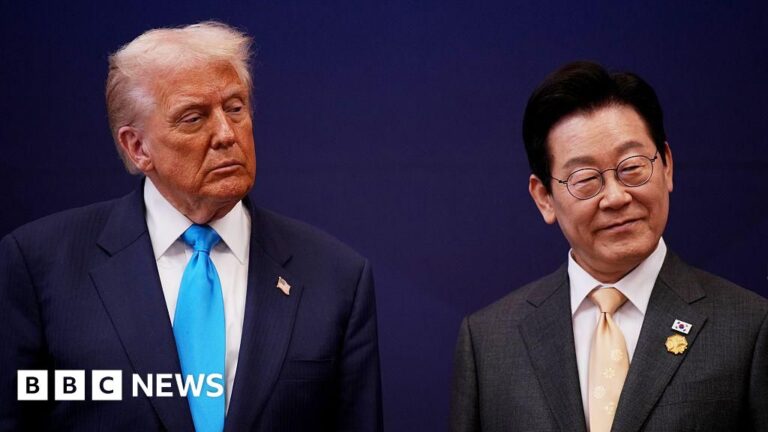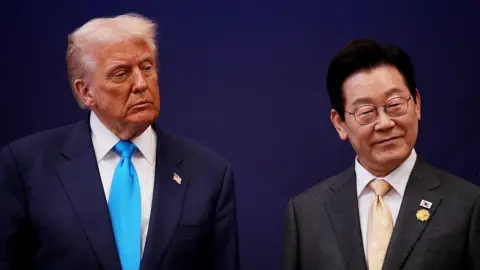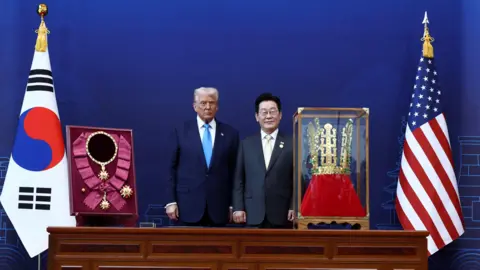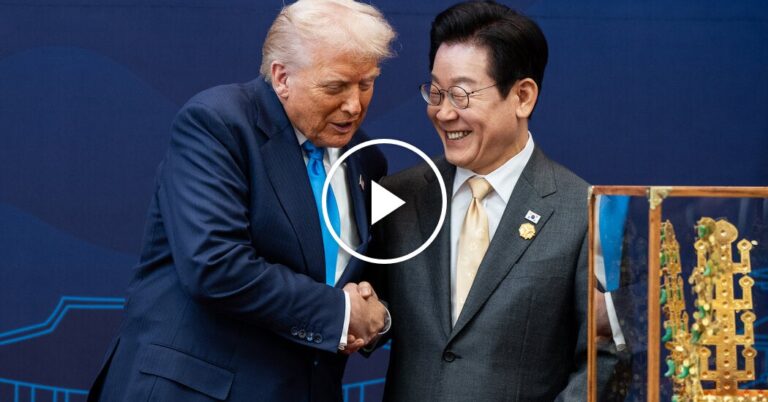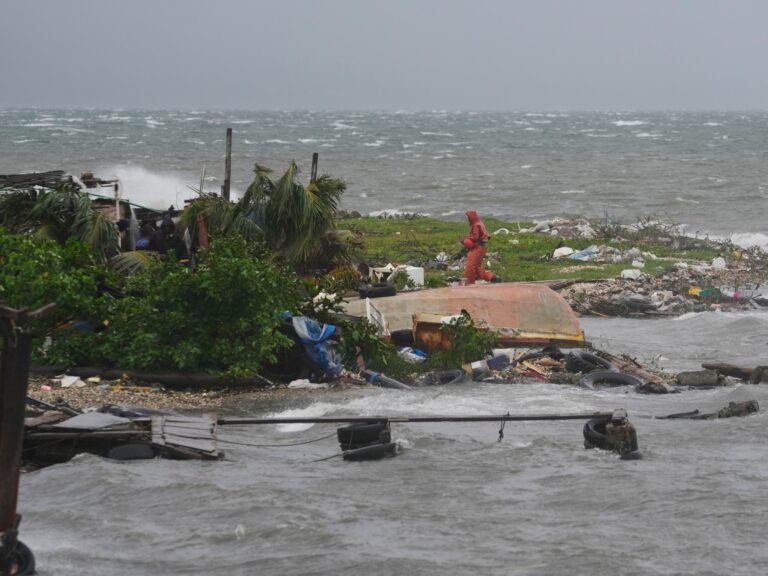Sitting has often been referred to as the new smoking thanks to its negative health benefits. For the first time ever, according to researchers in England, the flavanols in cocoa have been found to block its detrimental effects on blood vessels.
At a time when we’re spending more of our days sitting down than ever before, the negative effects of this seated position continue to become clear. One study, for example, showed that every two-hour increment spent sitting and watching TV increased the risk of obesity by 23% and diabetes by 14%. Another showed that each one hour of sitting spikes the risk of developing sarcopenia – the age-related loss of skeletal muscle mass and strength – by 33%. Additional studies have also shown how sitting can cause neck, lower back, and shoulder pain.
So a lot of sitting is clearly bad for us. But a new study offers some hope to desk jockeys and couch-locked Netflix junkies in the form of … cocoa.
One of the reasons sitting is so bad for us is that it restricts the function of our vascular system. When that function is impaired, even by just a little, it can boost our chances of getting major cardiovascular diseases like heart attacks and strokes.
Because previous research has shown that compounds known as flavanols can have protective effects on our cardiovascular systems, researchers at the University of Birmingham in the UK wanted to see if they could directly impact our blood vessels while sitting.
So they rounded up 40 healthy young men between the ages of 18 and 45. By measuring their peak oxygen consumption, or VO2 peak, 20 were considered “high fit” while the other 20 were considered “low fit” based on both health challenges and low VO2 peaks.
The researchers then split the groups further and gave half of the high-fit group a cocoa drink that was high in flavanols and the other half a cacao drink that was low in flavanols. They did the same in the low fit group. They then plopped them in chairs and had them sit for two hours.
Flavanols over fitness
The researchers next used a method called brachial Flow-mediated dilation (FMD) to measure the vascular function in all of the participants’ arms and legs.
They found that in both the high-fit and low-fit group, those who had the high-flavanol cocoa beverage, which contained 695 mg of total flavanols, showed no FMD decline in the arteries in their arms and legs. Those in both groups who drank the low-flavanol beverage, which had just 5.6 mg of flavanols per drink, did show FMD declines in their arm and leg arteries as well as higher diastolic blood pressure readings and decreased blood flow, which led to declines in muscle oxygenation.
“Our experiment indicates that higher fitness levels do not prevent the temporary impairment of vascular function induced by sitting when only drinking low-flavanol cocoa,” says study co-author Sam Lucas. “Importantly, after the high-flavanol drink, both fitter and less-fit participants kept their FMD the same as it was before sitting for two hours.”
The researchers say this is the first time that flavanol intake was shown to have a protective effect on arteries regardless of baseline fitness.
If cocoa’s not your, um, cup of tea, you can certainly get your flavanols elsewhere. Study co-author Alessio Daniele says apples, plums, berries, nuts and – yes – green and black tea – are all good sources of the compounds. Red wine provides them as well, as does kale, tomatoes, and peaches.
“Given how common sedentary lifestyles have become and the increased risk this can have to vascular health, using flavanol-rich food and drink, especially in combination with breaking up periods of inactivity by going for a short walk or standing up, could be a good way to enhance long-term health, no matter the individual’s fitness level,” concludes study co-author Catarina Rendeiro.
The work has been published in the Journal of Physiology.
Source: University of Birmingham



